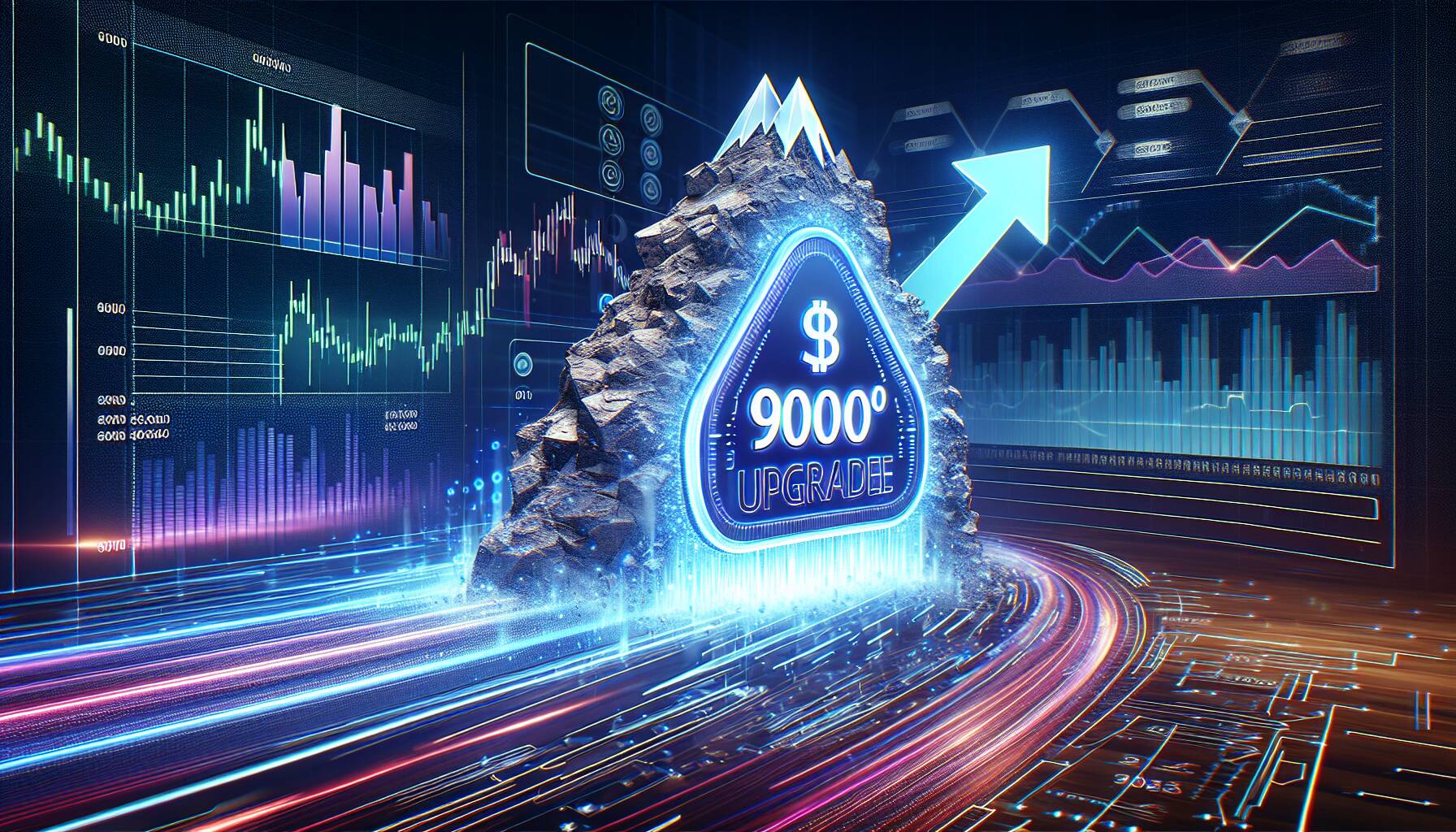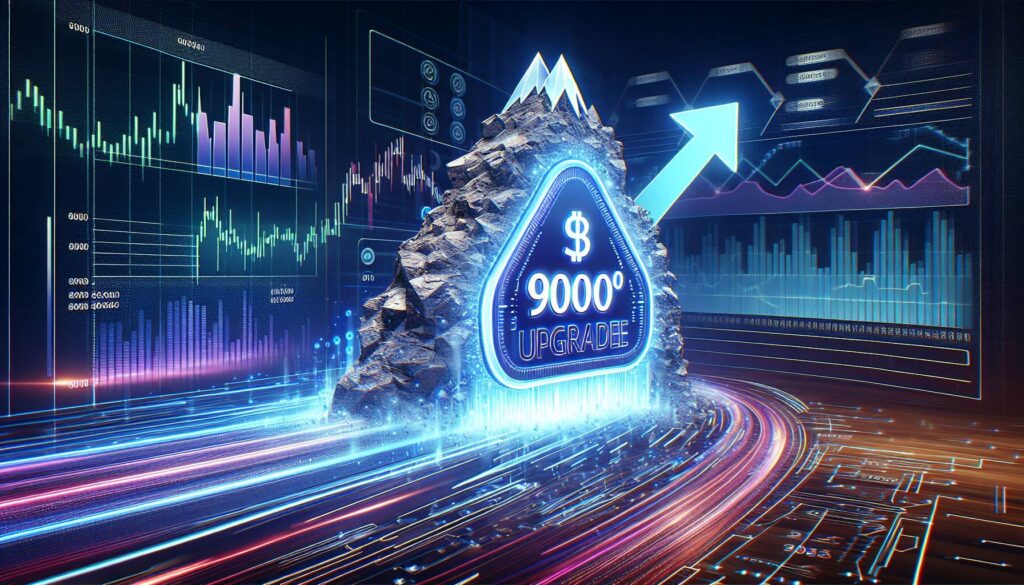The cryptocurrency landscape is buzzing with excitement following the recent Avalanche9000 upgrade, which went live on December 16. This anticipated change has significantly reduced the cost of transactions on Avalanche, a smart-contract blockchain designed for decentralized finance (DeFi). In fact, data from Flipside and Bitquery reveals that the average transaction fees—commonly referred to as gas—have plummeted by about 75% compared to previous months.
Avalanche is already recognized as the world’s fifth-largest smart-contract blockchain by market value, with its native token, AVAX, at the forefront of discussions. Following the implementation of the upgrade, the platform has experienced a remarkable surge in activity, with daily transactions soaring by 38% to an impressive average of 354,691. This surge reflects Avalanche’s increasing popularity among developers and users alike.
The upgrade, which includes seven different proposals, introduced some pivotal changes designed to enhance the platform’s efficiency. Notably, it has lowered the base fee for executing smart contracts on the C-Chain from 25 nAVAX to just 1 nAVAX. For context, one nAVAX is equivalent to a billionth of an AVAX token. Furthermore, the upgrade has replaced the former validator fee of 2,000 AVAX with a more manageable monthly subscription ranging from 1 to 10 AVAX, thereby inviting a broader array of projects to develop on the Avalanche network.
“The goal of the upgrade was to make every component of the Avalanche tech stack cheaper by reducing C-Chain fees and removing capital requirements for L1 validators,”
said Stephen Buttolph, chief protocol architect at Ava Labs, in a statement to Decrypt last November. This thoughtful approach aims to foster innovation and accessibility on Avalanche, enabling a diverse range of projects to flourish within its multichain ecosystem, which includes the C-Chain for smart contracts, the P-Chain for staking and validator coordination, and the X-Chain for asset transfers.
As Avalanche continues to evolve, its latest upgrade positions it as a formidable player in the DeFi sector, making it an exciting time to observe how these developments unfold in the fast-paced world of cryptocurrency.

The Impact of the Avalanche9000 Upgrade on DeFi Costs and Usage
The recent Avalanche9000 upgrade has significantly changed the landscape of the Avalanche blockchain, particularly in terms of transaction costs and usage efficiency. Here are the key points regarding these changes:
- Drastic Cost Reduction:
- The average usage fees, known as gas, have decreased by roughly 75% since the upgrade.
- This reduction allows more users and projects to engage with the Avalanche blockchain, potentially increasing participation in the DeFi space.
- Increased Transactions:
- The number of daily transactions has surged by 38%, reaching an average of 354,691 transactions.
- This uptick indicates heightened interest and activity within the Avalanche network, which could lead to broader adoption of DeFi applications.
- Multichain Structure:
- Avalanche’s multichain architecture includes the C-Chain for smart contracts, P-Chain for staking coordination, and X-Chain for asset transfers, enhancing operational efficiency.
- Significant Improvements in Fee Structure:
- The upgrade lowered the base fee for smart contracts on the C-Chain from 25 nAVAX to 1 nAVAX.
- It replaced a large validator fee of 2,000 AVAX with a more manageable monthly subscription ranging from 1 to 10 AVAX.
- Accessibility for Projects:
- The changes have made it feasible for a wider range of projects to introduce layer 1 protocols on Avalanche, encouraging innovation and development.
- Lower costs and simplified fees mean smaller projects can enter the market, potentially leading to a richer ecosystem.
- Strategic Goals:
- The primary aim of the upgrade was to make the Avalanche tech stack more affordable and accessible for all users, promoting growth and sustainability in the DeFi arena.
“The goal of the upgrade was to make every component of the Avalanche tech stack cheaper…” – Stephen Buttolph, Ava Labs’ Chief Protocol Architect
These changes not only encourage current users to maximize their engagement but also attract new participants to the DeFi sector, potentially impacting investment choices and interaction with digital assets in readers’ lives.
Avalanche9000 Upgrade: Transforming DeFi Efficiency
The recent Avalanche9000 upgrade has substantially redefined the cost dynamics of the Avalanche blockchain, bringing both competitive advantages and challenges into play. This shift is particularly significant for DeFi projects and developers who find themselves navigating the competitive landscape of multiple smart-contract blockchains. By effectively slashing usage fees by approximately 75%, Avalanche positions itself as a wallet-friendly option compared to giants like Ethereum, where gas fees have remained notoriously high. This reduction not only boosts transaction volumes but also attracts a broader spectrum of projects, from niche startups to established players.
One of the primary advantages of the Avalanche9000 upgrade is its substantial increase in transaction throughput, which has surged by an impressive 38%. For developers, this means a more robust environment for deploying decentralized applications (dApps), accessibility for users, and the capacity to handle increased traffic without debilitating slowdowns or ballooning costs. This edge could be particularly advantageous for protocols that require swift transactions, such as DeFi exchanges and lending platforms, enabling them to compete more effectively against rivals in the space.
However, there are notable challenges associated with this sudden growth and reduced costs. The influx of transactions might pose scalability issues if Avalanche doesn’t manage load effectively. Additionally, rival blockchains may respond with their own innovations to retain market share, leading to a possible arms race in terms of features and operational costs. Notably, lower fees can sometimes diminish the perceived value of a token, as investors might question its market leverage and sustainability.
This upgrade could significantly benefit new projects entering the DeFi arena, allowing them to launch with reduced overhead while enjoying technical support from the established Avalanche ecosystem. Conversely, existing projects on higher-cost platforms may find themselves at a competitive disadvantage, prompting a reevaluation of their strategies. Furthermore, the shift may prompt user migration from alternative chains, leading to a fracturing of markets and user bases. Thus, while Avalanche’s upgrade presents substantial growth opportunities, it also invokes a competitive challenge that the entire blockchain landscape will soon feel.

















